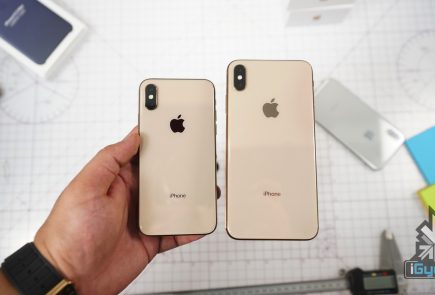Phones With a Terabyte Of Storage To Become a Reality Soon With RRAM

Now right when you were wondering if the 128 GB expandable option would make your memory troubles obsolete, a group of scientists has something better in store for you. The researchers at Rice University have come up with a new resistive RAM (RRAM) which can be made with regular equipment at room temperature.
Several companies have been in the process of developing an RRAM, but they all have required higher temperature and voltages thereby making the production process expensive and inefficient for the manufacturers.
The RRAM acts as a flash memory and can store data without a constant influx of power. Now unlike the regular flash memory which uses transistors to save the data, this new technique uses resistance to save their bits. These bits can, therefore, be stored in a smaller area in comparison to a flash drive and hence increasing the amount of data that can be stored in a small amount of space.
Also like a multiple core processor, these RRAM’s can be stacked on top of each other so their storage capacity increases phenomenally. It is also said that RRAM performs much faster than regular flash storage, about a hundred times faster. They are apparently so efficient that they a postage stamp sized chip can hold a terabyte worth of data.
The research is being led by Professor James Tour of the Material science department. The technique is cheap and efficient as it utilizes one of the most abundant elements on the planet, Silicon. The process involves a silicon oxide with tiny 5 nanometers holes. This material acts as an active electrode and data bits can be stored by changing the conductivity of the electrode with low-voltage pulses.
Mobile technology will get a boost with this advancement. Major companies like Samsung are also experimenting with RRAM’s. While we would want our phones to be as robust and large data capable as our computers, we are restricted by the miniaturizability of the storage technology. RRAM’s and technology like it will bring us closer to achieving that. Maybe we could someday have a pro video rendering capability on our iPads.























